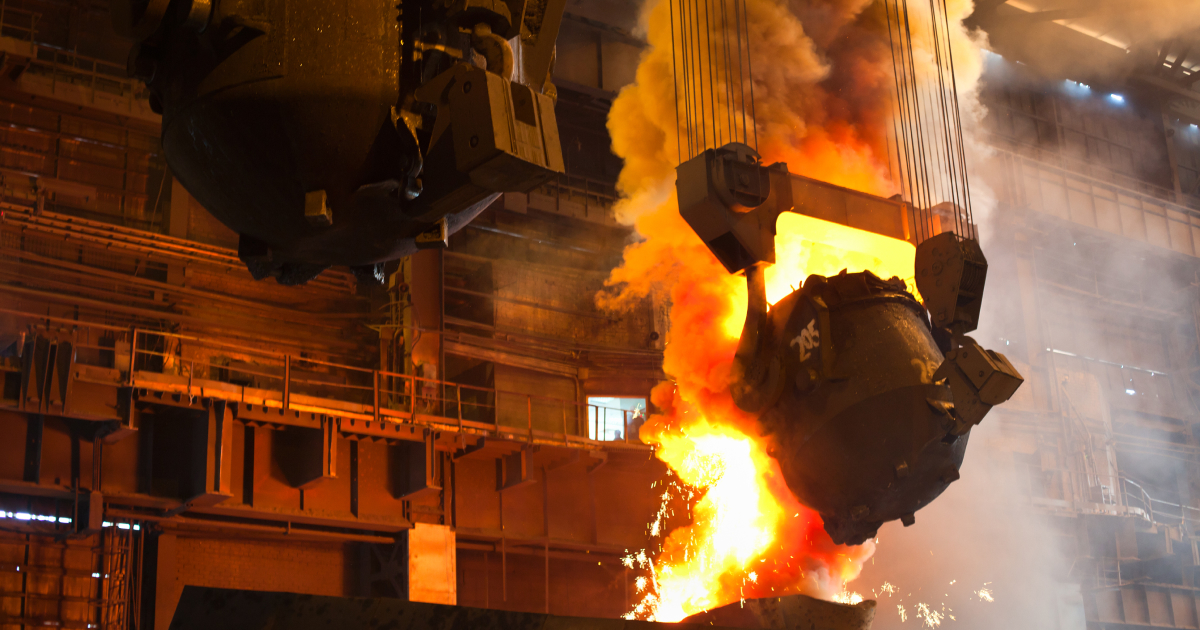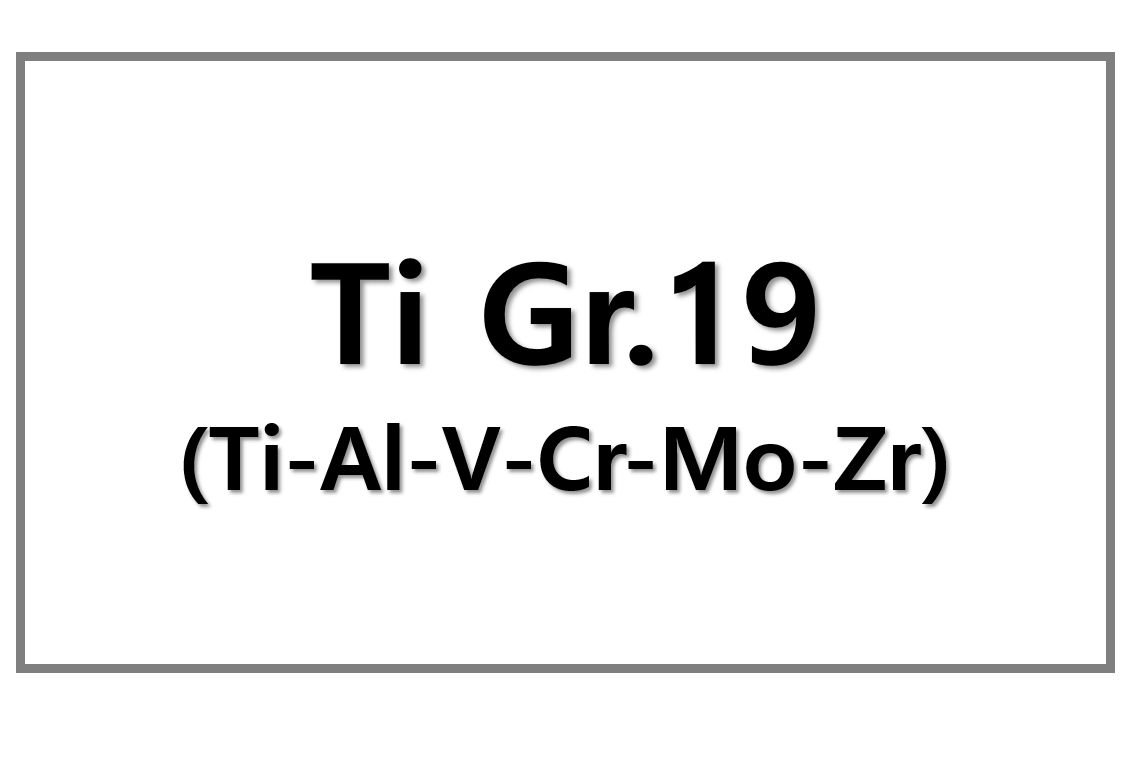
The EU Backs Carbon Capture Despite Industry Controversy
The European Union is increasingly turning to carbon capture and storage (CCS) as a key part of its net-zero emissions strategy. Originally designed for enhanced oil recovery, CCS is now promoted as essential for reducing emissions in hard-to-decarbonize sectors like steel, cement, and energy.
However, experts warn that CCS may slow real climate progress. Critics argue it gives polluters, especially fossil fuel companies, an excuse to delay reducing direct emissions. Despite its promise, the technology currently captures only 0.1% of global CO₂ emissions.
Fossil Fuel Lobby Drives CCS into EU Climate Plans
The fossil fuel industry, including major players like Shell, BP, and TotalEnergies, has successfully lobbied for CCS to play a central role in the EU Green Deal and Industrial Carbon Management Strategy. These companies see CCS as a way to extend the life of their operations without adopting full decarbonization.
The EU has set a goal to capture 450 million tonnes of CO₂ annually by 2050, a huge leap from today’s 1 million tonnes. Achieving this will require new pipelines, CO₂ storage sites, and significant public and private investment.
Infrastructure, Public Skepticism, and Economic Concerns
CCS faces major challenges in infrastructure development. Building safe, reliable CO₂ transport and storage facilities is expensive and time-consuming. Many communities also oppose having CO₂ storage sites nearby, citing environmental and safety concerns.
The average cost of capturing and storing CO₂ sits around €198 per tonne, far above the current EU carbon market price. This price gap raises doubts about the financial sustainability of CCS at scale. Public awareness and trust in CCS technology also remain low.
CCS and Hydrogen: A Mixed Green Future
The EU is also betting on blue hydrogen—produced from fossil fuels with CCS—as part of its green energy transition. While this may lower emissions compared to traditional fuels, experts argue that true clean hydrogen must come from renewable energy sources.
Ultimately, most experts agree that while CCS can support decarbonization, it must not replace investment in wind, solar, and other proven clean energy technologies. The EU’s net-zero strategy must prioritize actual emission reductions over unproven fixes.











Leave a Reply
You must be logged in to post a comment.